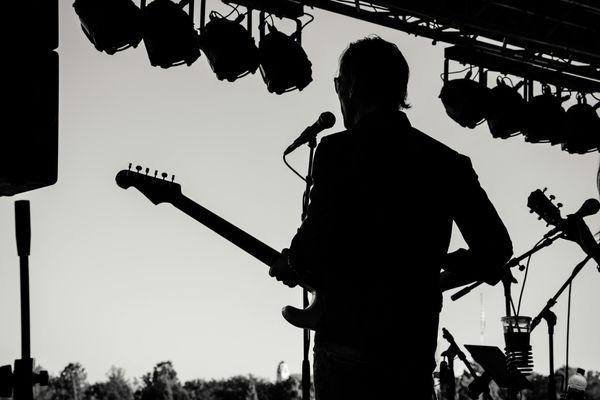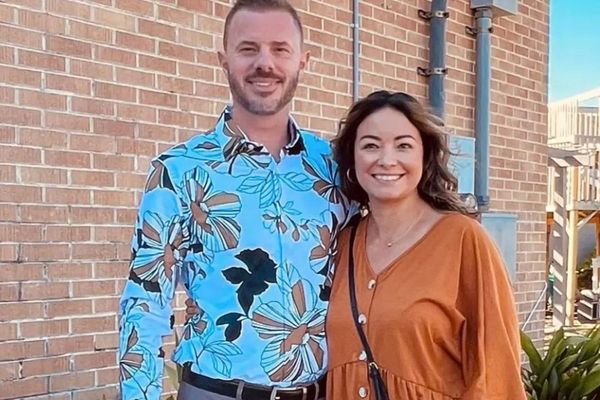A massive earthquake of 8.8 magnitude struck off Russia’s Kamchatka Peninsula early on Wednesday, triggering widespread tsunami waves of up to 5m (16ft) and sparked evacuation orders in Hawaii and across the Pacific.
The shallow earthquake damaged buildings and injured several people in the remote Russian region, while much of Japan's eastern seaboard – devastated by a 9.0 magnitude earthquake and tsunami in 2011 – was ordered to evacuate.
The tsunami reached the coast of California around midnight local time, according to the US National Weather Service, showing up in Arena Cove and Monterey in the north of the state as it made its way further down.
In Hawaii, a wave reaching 5.7ft (1.74m) was recorded at Kahului, Maui, while one of 4.9ft (1.5m) was recorded in Hailo, according to the Tsunami Warning Centre. Authorities have asked coastal residents to get to high ground or the fourth floor or above of buildings, and the US Coast Guard ordered ships out of harbours as the tsunami approached.
The US Tsunami Warning System warned of "hazardous tsunami waves" spreading across the Pacific, ordering people to "take action now" and get away from the sea.
Waves reaching more than 3m were possible along some coasts of Russia, the northern Hawaiian islands and Ecuador, while waves of 1-3m were possible in countries including Japan, Hawaii, Chile and the Solomon Islands, it said. Smaller waves were possible along coastlines across much of the Pacific, including the US West Coast.
The United States, Japan, Hawaii, and several other Pacific islands were placed under tsunami warnings following the quake, which hit near the city of Petropavlovsk-Kamchatsky in Russia’s Far East.
Waves of up to one metre were possible elsewhere, including Australia, Colombia, Mexico, New Zealand, Tonga and Taiwan.
This is the strongest earthquake recorded since 2011 and ties at the sixth most severe quake ever in history, with the 2010 earthquake in Biobío, Chile, and the 1906 earthquake in Esmeraldas, Ecuador, according to the US Geological Survey.
The quake at 8.25am Japan time (11.25pm GMT) had a preliminary magnitude of 8.0, Japan and US seismologists said. Japan and the US Geological Survey (USGS) later updated their measurements to 8.7 magnitude and the USGS said the quake occurred at a depth of 12 miles.
A tsunami with a height of 3-4m was recorded in parts of Kamchatka, said Sergei Lebedev, regional minister for emergencies.
Videos aired by Russian state television show waves sweeping through a coastal town in the far east of Russia, carrying buildings and debris into the sea.
Damage and evacuations were reported in the Russian regions nearest the quake's epicentre on the Kamchatka Peninsula. One of the three waves damaged port infrastructure and pulled several moored ships out into the straits, TASS news agency reported.
Local officials urged residents to move to higher ground. Initial tsunami waves were reported along northern Japan, with no immediate reports of damage.
Tokyo Electric Power Company (TEPCO), the company which operates the Fukushima Daiichi nuclear power plant, has said that all workers have been evacuated – adding that there were no abnormalities reported so far.
The power plant suffered a nuclear meltdown in 2011 following a huge earthquake and tsunami disaster.
In the US, tsunami warnings and watches were activated for the entire Hawaiian archipelago, vast stretches of Alaska’s coastline, and the Pacific coasts of California, Oregon, and Washington. Officials in Hawaii and Alaska advised residents to take urgent action to protect life and property.
Josh Green, the governor of Hawaii, urged residents in low-lying areas to move to higher grounds.
"If you are in a safe place please stay there, and if you're not, please get to higher ground."
Tsunami watches and alerts were also issued for coastal areas and islands spanning the Pacific rim, including Chile, New Zealand, the Philippines, and the US territory of Guam.
Seismologist Dr Lucy Jones told BBC the tsunami could damage harbours and waterfront property in Hawaii - and possibly in California - but it is not expected to cause a catastrophic loss of life anywhere in the Americas.
“It’s not a wave,” she said. “That’s how much the sea level rises temporarily.”
As of Wednesday morning, emergency agencies across the Pacific had not reported major injuries or damage outside the immediate impact area. Aftershocks and further tsunami activity remain possible, with authorities urging vigilance in all affected locations.







